- Variational Inequalities in Management Science and Finance
- Combinatorial Models for Scheduling Sports Tournaments
- Facility Layout
- Matheuristics
- From Shortest Paths to Reinforcement Learning
- Risk Management for Pension Funds
- Even Convexity and Optimization
- Orienteering Problems
- Nonlinear Programming Techniques for Equilibria
- Analytical Techniques in the Assessment of Credit Risk
- Traffic Flow Modelling
- Supply Chain Finance
- Metaheuristics for Business Analytics
- Compact Extended Linear Programming Models
- Multiobjective Linear and Integer Programming
- Dual-Feasible Functions for Integer Programming and Combinatorial Optimization
- Linear and Mixed Integer Programming for Portfolio Optimization
Titles in this Series
Variational Inequalities in Management Science and FinanceAuthors: Andrianos E. Tsekrekos, Athanasios N. Yannacopoulos |
 |
Combinatorial Models for Scheduling Sports TournamentsAuthors: Celso C. Ribeiro, Sebastian Urrutia, Dominique de Werra |
 |
Facility LayoutAuthors: Anjos, Miguel F., Vieira, Manuel V.C. |
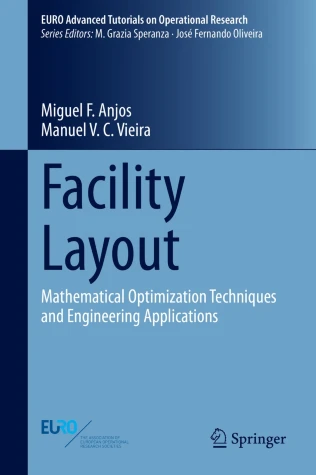 |
MatheuristicsAuthors: Maniezzo, Vittorio, Boschetti, Marco Antonio, Stützle, Thomas |
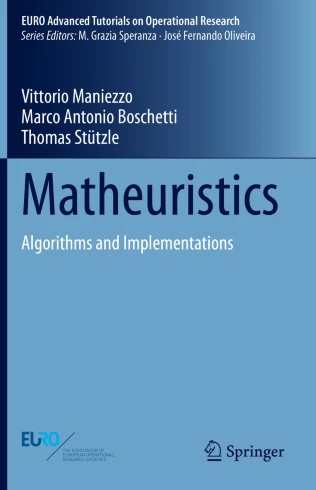 |
From Shortest Paths to Reinforcement LearningAuthor: Brandimarte, Paolo |
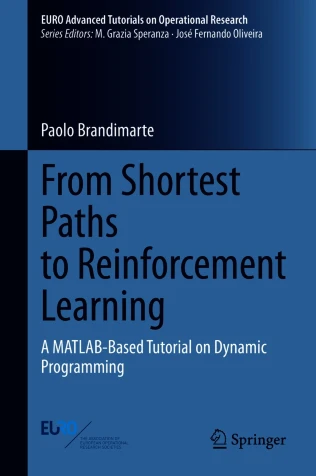 |
Risk Management for Pension FundsAuthor: Menoncin, Francesco |
 |
Even Convexity and OptimizationAuthors: Fajardo, M.D., Goberna, M.A., Rodríguez, M.M.L., Vicente-Pérez, J. |
 |
Orienteering ProblemsAuthors: Vansteenwegen, Pieter, Gunawan, Aldy |
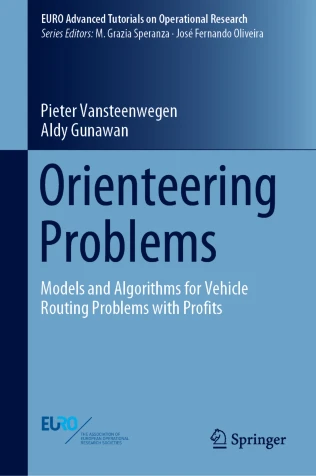 |
Nonlinear Programming Techniques for EquilibriaAuthors: Bigi, G., Castellani, M., Pappalardo, M., Passacantando, M. |
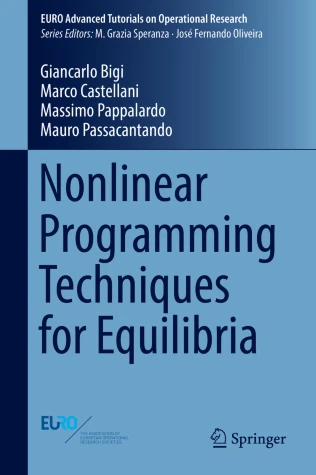 |
Analytical Techniques in the Assessment of Credit RiskAuthors: Doumpos, M., Lemonakis, C., Niklis, D., Zopounidis, C. |
 |
Traffic Flow ModellingAuthors: van Wageningen-Kessels, Femke |
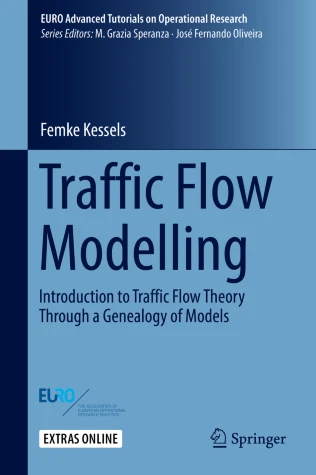 |
Supply Chain FinanceAuthors: Zhao, Lima, Huchzermeier, Arnd |
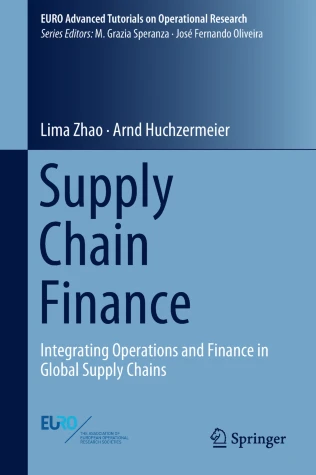 |
Metaheuristics for Business AnalyticsAuthors: Duarte, Abraham, Laguna, Manuel, Marti, Rafael |
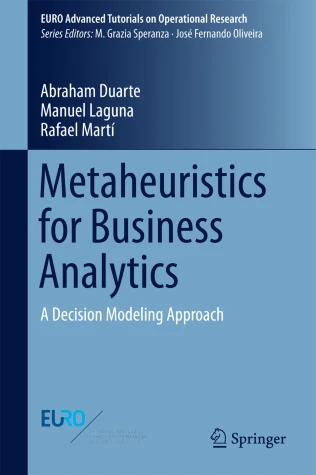 |
Compact Extended Linear Programming ModelsAuthors: Lancia, Giuseppe, Serafini, Paolo |
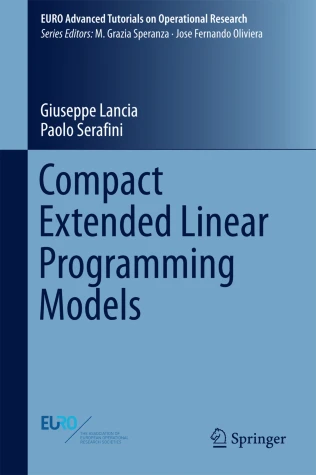 |
Multiobjective Linear and Integer ProgrammingAuthors: Henggeler Antunes, Carlos, João Alves, Maria, Clímaco, João |
 |
Dual-Feasible Functions for Integer Programming and Combinatorial OptimizationAuthors: Alves, C., Clautiaux, F., de Carvalho, J.V., Rietz, J. |
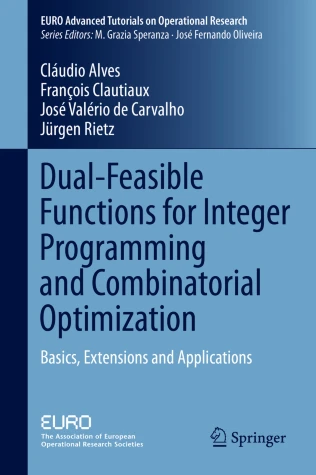 |
Linear and Mixed Integer Programming for Portfolio OptimizationAuthors: Renata Mansini, Wlodzimierz Ogryczak, Grazia Speranza |
 |

This work is licensed under a Creative Commons Attribution-ShareAlike 3.0 International License and the GNU Free Documentation License (unversioned, with no invariant sections, front-cover texts, or back-cover texts).



